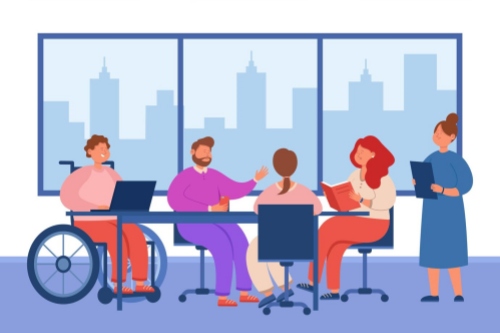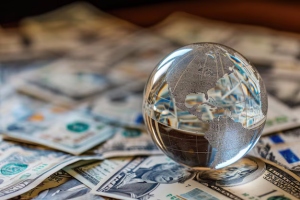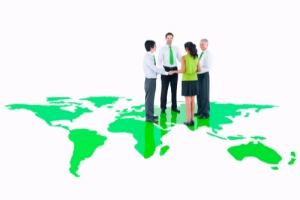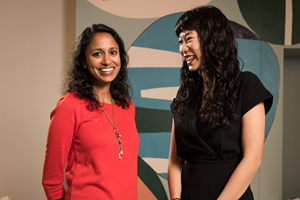What Is Inclusive Growth?
Hi, I’m Golda. I work here at the IMF. Our aim is to provide the best possible advice on economic policy to our member countries, helping them to create conditions so everyone prospers from economic growth.
One question our economists are always getting: How can we reduce poverty and foster inclusive growth?
There are a few ways to think about it. Some say the government should be heavily involved in the economy, with regulations to keep people safe and high taxes that fund and support a healthy, well-educated and inclusive society even if it’s at the expense of higher growth. Others believe that the government should have little or no part to play in the economy. Lower taxation means more money in everyone’s pockets. More individual freedom, they say, means more economic growth overall. But maybe there’s a target we could all be shooting for: the best policies on inclusion and growth.
Essentially, inclusive growth is about making the economic pie bigger and sharing those slices more widely. So, how do we get there?
By aiming for a middle ground. Both sides mostly recognize the need for social safety nets, public pensions, unemployment insurance, food programs. These measures prevent extreme poverty and provide a basic standard of living.
At the IMF, inclusive growth is central to our work because reducing poverty is in everyone’s interest. Part of having a free and equitable society is ensuring we all benefit from its growth, no matter who we are. And it’s not just about creating a fair and equal chance to succeed for individuals, regions or countries, it’s about distributing growth fairly for future generations, too.
Overall, inclusive growth is based on the idea that wealth creation, economic freedom, and equal opportunity can – and should – coexist.















